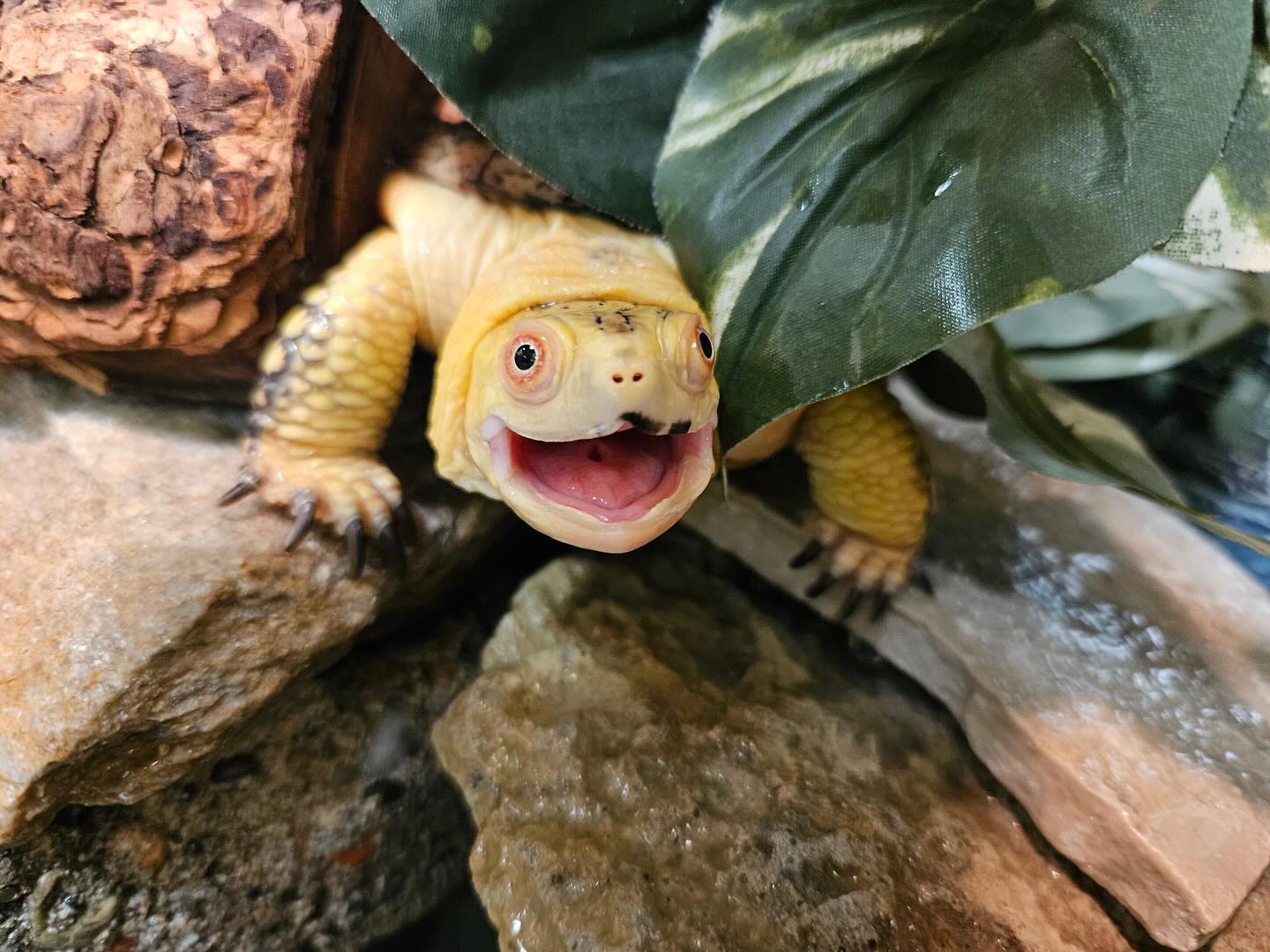- Understanding the ectothermic nature of amphibians and reptiles and their reliance on environmental temperatures.
- The role of basking and specific environmental conditions in maintaining the health of cold-blooded creatures.
- The efforts of modern zoos, like the Red River Zoo, in creating optimal environments that mirror the natural habitats of these species.
- Conservation initiatives aimed at preserving and protecting cold-blooded creatures and their ecosystems.
- The importance of educating the public about amphibians and reptiles to foster appreciation and aid conservation.
Amphibians and reptiles are often misunderstood and undervalued, yet they play crucial roles in our ecosystems. Known as ectotherms, these creatures depend on external temperatures to regulate their body heat because they lack the internal mechanisms common to mammals and birds. This reliance on environmental warmth and their fascinating lifestyles make them both intriguing and essential to biodiversity.
Take, for instance, the interesting habits of Shredder, a Blanding’s turtle residing at the Red River Zoo. Like many of his cold-blooded peers, Shredder seeks out sunny rocks where he can bask and absorb heat. This behavior is not just for comfort; it’s vital for his survival, aiding in digestion and optimal physiological functioning. Under controlled conditions, zoos mimic such natural behaviors by setting up basking lamps and creating environments that replicate the thermal conditions these animals would encounter in the wild. The Wendy Trottier Discovery Center provides an ideal example, maintaining a consistent 70°F temperature while utilizing specialized lighting to recreate natural temperature variations.
Cold-blooded creatures, including amphibians and reptiles, demonstrate remarkable adaptability when environments are carefully managed. These animals thrive when provided with the right habitat cues, basking opportunities, and ambient heat. Zoos play a significant role in ensuring these animals live comfortably and healthily by offering such carefully curated environments. Understanding the natural habitat requirements of these creatures allows zoos to support their unique physiological needs effectively.
Modern zoos like the Red River Zoo take a proactive approach in providing conditions that meet the nuanced demands of their ectothermic inhabitants. The Wendy Trottier Discovery Center epitomizes this dedication, encapsulating a range of specific microhabitat conditions within its walls. Each reptile and amphibian species housed here benefits from tailored lighting setups and ambient temperature controls, critical for regulating their metabolism, promoting proper growth, and facilitating reproduction.
Conservation efforts are essential when addressing the challenges faced by amphibians and reptiles. These creatures are often vulnerable to habitat loss, climate change, and environmental pollution. Protecting their natural habitats and fostering breeding programs in captivity are vital strategies employed by conservationists. Zoos contribute by raising awareness, funding conservation projects, and safeguarding genetic diversity through carefully planned breeding initiatives.
Amphibian and reptile populations continue to face threats from human activity, making conservation efforts even more crucial. Organizations dedicated to wildlife conservation can work alongside zoos to monitor wild populations and reintroduce captive-bred individuals into secure habitats. By doing so, they not only defend against extinction but also restore ecological balance in areas where these species are vital.
Public education plays a pivotal role in conservation. When individuals visit a zoo, they encounter not only the animals but also a wealth of information about them and their ecological importance. This exposure can inspire a newfound appreciation and a deeper understanding of these often-overlooked animals. Educational programs conducted at zoos, such as hands-on workshops and guided tours, emphasize the necessity of conserving amphibians and reptiles. By engaging visitors, these programs foster a sense of responsibility and encourage proactive steps to protect these creatures and their natural environments.
The public’s perception of amphibians and reptiles can greatly impact their conservation. Efforts to increase awareness and demystify the lives of these cold-blooded animals are crucial. By sharing scientific findings and explaining their ecological roles, we can shift public attitudes toward supporting conservation initiatives. Zoos and conservationists together hold the key to inspiring public intervention in habitat preservation and environmental stewardship.
In conclusion, amphibians and reptiles are more than just cold-blooded creatures; they are integral components of our ecosystems. Their presence signals healthy environments, and their survival hinges on our collective efforts. As we learn more about their needs and behaviors, we can better support their conservation. Through education, habitat protection, and dedicated conservation work, we can ensure these fascinating creatures continue to thrive.
*****
Source Description
🦎❄️ Chillin with the Cold-Blooded Crew! 🐸☀️
Did you know that amphibians & reptiles are ectotherms? Sounds fancy, right? 😎 But all it means is they rely on their surroundings to stay warm (no internal heater like us!)🌡️
Take Shredder the blanding’s turtle, for example! 🐢 He’s often found basking on rocks to soak up the sun and warm up. 🌞 Here at the Red River Zoo, we keep things just right for our cold-blooded critters. The Wendy Trottier Discovery Center is maintained at a comfortable 70°F, and each reptile has specific lighting to mimic the natural temperature ranges they’d experience in the wild. 🔥🌿
Amphibians and reptiles may not generate their own heat, but with the right surroundings, they’re living their best chilllives! 🌞


